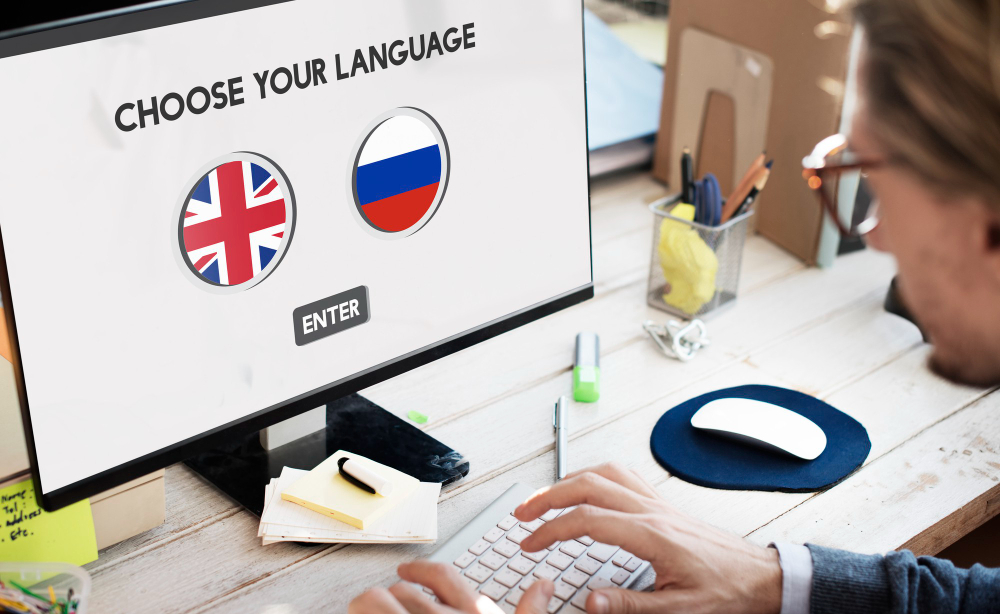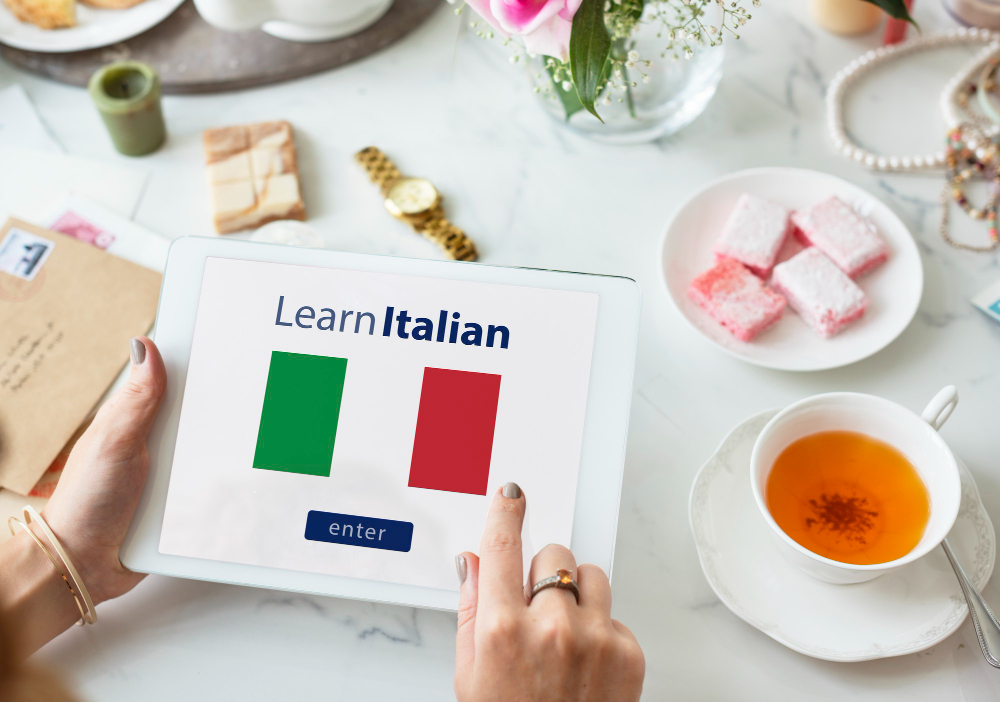How to translate infographics, and why?
May 04, 2023, Nishi SinghInfographics are a great way to convey complex information visually appealingly. They provide an easy-to-understand snapshot of data by using graphs, charts, and images. However, if you're looking to target an audience that speaks a different language or expand your infographic's reach, translation may be necessary. This article will discuss how to translate infographics and why it's essential.
Why Translate Infographics?
The main reason to translate infographics is to reach a broader audience. By translating your infographics, you can make the content more accessible to people who speak different languages. Moreover, translating your infographics can help engage your audience and deliver a more personalized experience. It can also help establish your brand as a global entity, which is becoming increasingly important in the digital world.
How to Translate Infographics
Here are some essential steps to follow while translating infographics:
Transcribing All the Text
The first step is to transcribe all the text on the infographic. This includes all headings, subheadings, captions, labels, and other text elements. Next, create a document that lists all of the infographic's text and annotates it with descriptions of the related graphics that go along with them.
Translate the Text
Once you've transcribed all the text, the next step is translating it into the target language. This can be done using translation software but ensuring that the translation accurately represents the original text is essential. Again, a professional translator or translation service provider can help with this.
Layout the Translated Text
The translated text can now be placed on the infographic in the target language. This process may require layout changes to accommodate differences in text length between the source and target languages. Graphics and charts may also need to be adjusted to reflect the changes.
Review and Proofread
After inserting the translated text, review and proofread the infographic to ensure no errors have occurred during the translation process. It's essential to ensure that all graphics and text elements are aligned correctly and there are no discrepancies between the source and target languages.
Reformat for Distribution
Finally, the infographic may need to be reformatted for distribution. This can mean resizing the document to meet specific social media requirements or changing file formats to optimize loading times. It's vital to ensure that the final version of the translated infographic follows all technical specifications for web, print, or other applications.
Translating infographics can be a highly effective way of reaching a broader audience and establishing your brand as a global entity. However, ensuring the process is completed with care and accuracy is essential. Any mistakes in translation or design layout can significantly impact the viewing experience and reduce the impact of the content. Following the steps outlined here, you can translate your infographics effectively and ensure success in a global marketplace.
Impact of translated infographics on the viewing experience?
Translated infographics can significantly impact the viewing experience by providing access to information in a language the viewer can understand. Providing information and data in a language that the viewer is comfortable with helps reduce language barriers and create a more personalized experience for the viewer.
Moreover, when infographics are translated well, they become more effective communication tools. When the text is translated accurately, the viewer can comprehend the meaning of the information and engage with the graphics and charts easily. This allows the viewer to make more informed decisions and connect better with the message.
Translated infographics can also lead to increased engagement, and as a result, they can boost the visibility of the content. In addition, by providing a personalized viewing experience, viewers are more likely to share the content on social media, increasing the number of people it reaches.
Finally, translated infographics can help establish your brand as a global entity by making information accessible to a broader audience. It can help bridge language and cultural gaps and develop a brand that values diversity and multiculturalism.
In conclusion, translated infographics can significantly impact the viewing experience, increasing engagement, boosting visibility and establishing your brand as a global entity. Providing accurate, high-quality translations shows that you value your viewers and are committed to ensuring that they receive the best experience possible.






